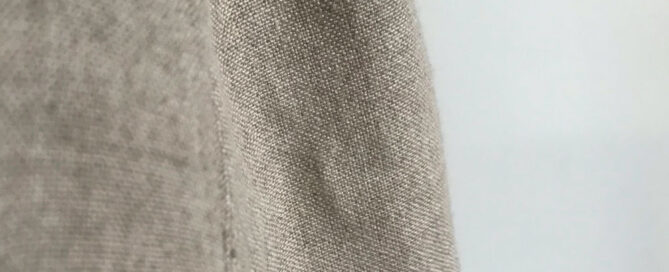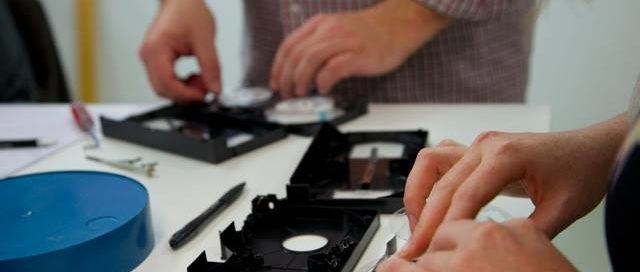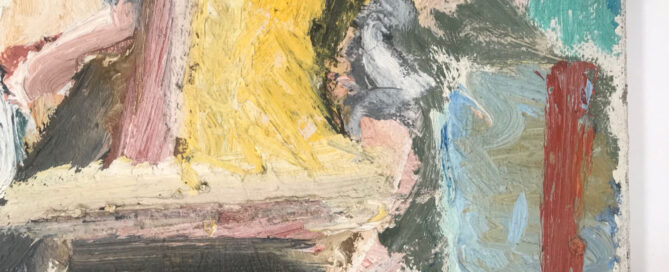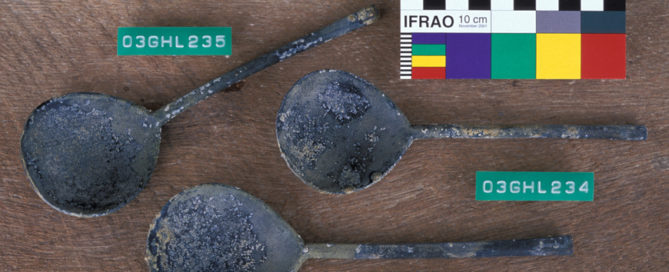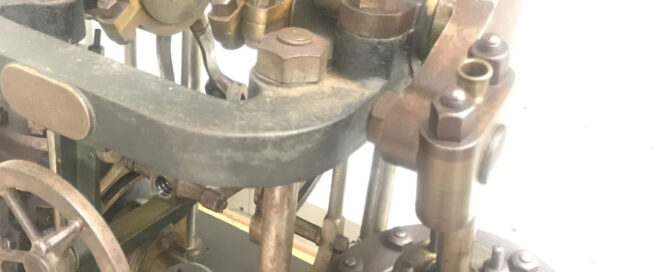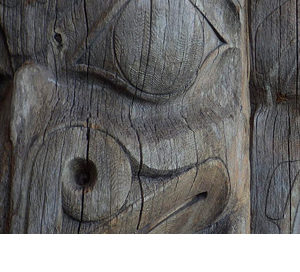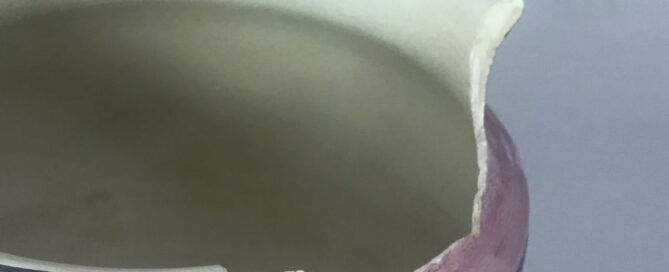Textiles and furnishings
Textiles are produced from a variety of natural or man-made fibres, or a combination of the two, incorporating organic or inorganic materials. Conservators working with textiles have a comprehensive knowledge of fibres, colourants including inks, dyes and pigments and an understanding of design and construction techniques. Textile conservators work with a wide range of
